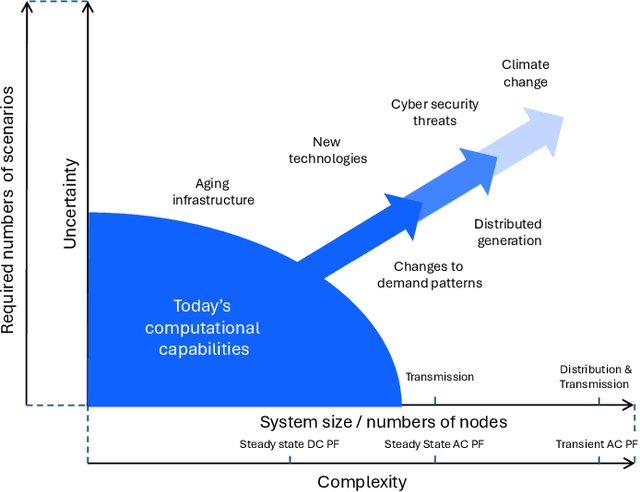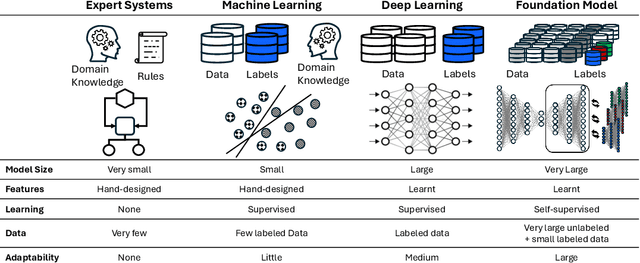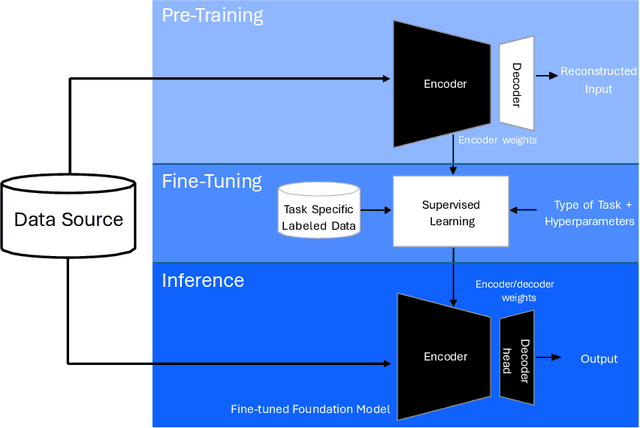Arnaud Zinflou
MXMap: A Multivariate Cross Mapping Framework for Causal Discovery in Dynamical Systems
Feb 06, 2025Abstract:Convergent Cross Mapping (CCM) is a powerful method for detecting causality in coupled nonlinear dynamical systems, providing a model-free approach to capture dynamic causal interactions. Partial Cross Mapping (PCM) was introduced as an extension of CCM to address indirect causality in three-variable systems by comparing cross-mapping quality between direct cause-effect mapping and indirect mapping through an intermediate conditioning variable. However, PCM remains limited to univariate delay embeddings in its cross-mapping processes. In this work, we extend PCM to the multivariate setting, introducing multiPCM, which leverages multivariate embeddings to more effectively distinguish indirect causal relationships. We further propose a multivariate cross-mapping framework (MXMap) for causal discovery in dynamical systems. This two-phase framework combines (1) pairwise CCM tests to establish an initial causal graph and (2) multiPCM to refine the graph by pruning indirect causal connections. Through experiments on simulated data and the ERA5 Reanalysis weather dataset, we demonstrate the effectiveness of MXMap. Additionally, MXMap is compared against several baseline methods, showing advantages in accuracy and causal graph refinement.
A Perspective on Foundation Models for the Electric Power Grid
Jul 12, 2024



Abstract:Foundation models (FMs) currently dominate news headlines. They employ advanced deep learning architectures to extract structural information autonomously from vast datasets through self-supervision. The resulting rich representations of complex systems and dynamics can be applied to many downstream applications. Therefore, FMs can find uses in electric power grids, challenged by the energy transition and climate change. In this paper, we call for the development of, and state why we believe in, the potential of FMs for electric grids. We highlight their strengths and weaknesses amidst the challenges of a changing grid. We argue that an FM learning from diverse grid data and topologies could unlock transformative capabilities, pioneering a new approach in leveraging AI to redefine how we manage complexity and uncertainty in the electric grid. Finally, we discuss a power grid FM concept, namely GridFM, based on graph neural networks and show how different downstream tasks benefit.
Anomaly Detection with Ensemble of Encoder and Decoder
Mar 11, 2023



Abstract:Hacking and false data injection from adversaries can threaten power grids' everyday operations and cause significant economic loss. Anomaly detection in power grids aims to detect and discriminate anomalies caused by cyber attacks against the power system, which is essential for keeping power grids working correctly and efficiently. Different methods have been applied for anomaly detection, such as statistical methods and machine learning-based methods. Usually, machine learning-based methods need to model the normal data distribution. In this work, we propose a novel anomaly detection method by modeling the data distribution of normal samples via multiple encoders and decoders. Specifically, the proposed method maps input samples into a latent space and then reconstructs output samples from latent vectors. The extra encoder finally maps reconstructed samples to latent representations. During the training phase, we optimize parameters by minimizing the reconstruction loss and encoding loss. Training samples are re-weighted to focus more on missed correlations between features of normal data. Furthermore, we employ the long short-term memory model as encoders and decoders to test its effectiveness. We also investigate a meta-learning-based framework for hyper-parameter tuning of our approach. Experiment results on network intrusion and power system datasets demonstrate the effectiveness of our proposed method, where our models consistently outperform all baselines.
 Add to Chrome
Add to Chrome Add to Firefox
Add to Firefox Add to Edge
Add to Edge